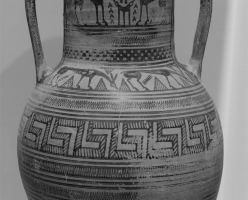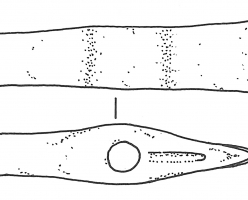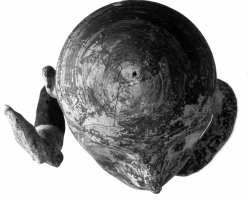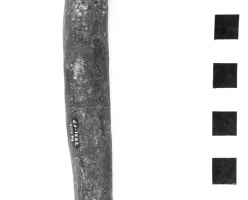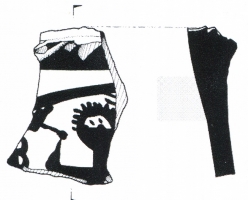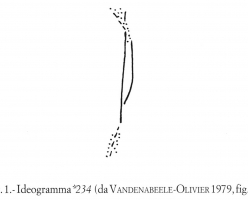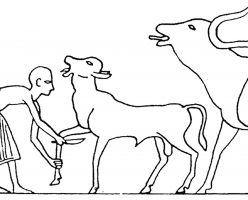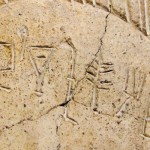Pylos Ta 716 and Mycenaean Ritual Paraphernalia: A Reconsideration
Thomas G. Palaima, Nicholas G. Blackwell
Pylos tablet Ta 716 is crucial for our reconstructing and understanding whatever ceremonial or ritual activities called into being the inventory of (1) fire-management instruments; (2) cooking, serving and consuming vessels; and (3) luxurious tables, chairs and stools that are recorded, in that order, in retrievable detail on the other twelve Ta series tablets (Palaima 2000; Tsagrakis 2012, 323; Varias 2016, 551-558). In their recent hypothetical reconstruction of ceremonies in the Palace of Nestor at Pylos, Farmer and Lane (SMEA NS 2, 2016, 41-79) do not take into account the full range of evidence needed to interpret the items on Ta 716 and they misrepresent or overlook the work of specialist scholars who contribute to a sound understanding of Ta 716 through the study of etymology, lexicography, iconography, Linear B texts, Mycenaean ideograms (signs for objects) and archaeological artifacts.
We here provide an accurate close reading of the full text of Ta 716 that is based on decades of work by other scholars. We identify and explain all three pairs of items on Ta 716 differently than Farmer and Lane (2016, 53) do, and we discuss Ta 716 as a historical document. The items inventoried on Ta 716 must be interpreted in relationship to one another. Farmer and Lane propose that the objects on Ta 716 are: (a) chains around-the-throne or between-the-thrones; (b) “patently” a pair of double axes, “the ubiquitous Minoan religious symbol”; (c) “two (short) swords”.
We argue from the unique lexical entries for these paired items, from the likewise unique iconography of the two associated ideograms, from the particular order of items in the text, from material correlates in the archaeological record, from ritual imagery on vases, and from comparative ritual practices that tablet Ta 716 records six items in all: (a) one pair of ritual bridles (perhaps bits, metal-reinforced nose bands or cavessons), specified as ‘with gold wrapping or plating’ ‘on this side and that’ and perhaps overlaid on toggles or cheek pieces, used to control sacrificial animals; (b) one pair of hammer axes or stunning axes used in the act of ritual slaying; (c) one pair of sacrificial knives. This is not a case of picking which of two equally plausible lines of argument best suits our particular views of the Mycenaean past. We do have such a nearly unsolvable case of picking and choosing when it comes to the interpretation of the verb te-ke meaning either ‘appointed’ or ‘buried’ in the key introductory explanatory phrase of the heading line (Ta 711.1) for the entire Ta series of tablets (see our Conclusion). However, Ta 716 is more straightforward. Taken together, our arguments call into question the reliability of the unusual ceremonial activities that Farmer and Lane (2016) propose.
Nicholas G. Blackwell is Assistant Professor of Classical Studies at Department of Classical Studies of Indiana University at Bloomington
Palaima T.G., Blackwell N.G. 2020, Pylos Ta 716 and Mycenaean Ritual Paraphernalia: A Reconsideration, SMEA NS 6, 67-96.



